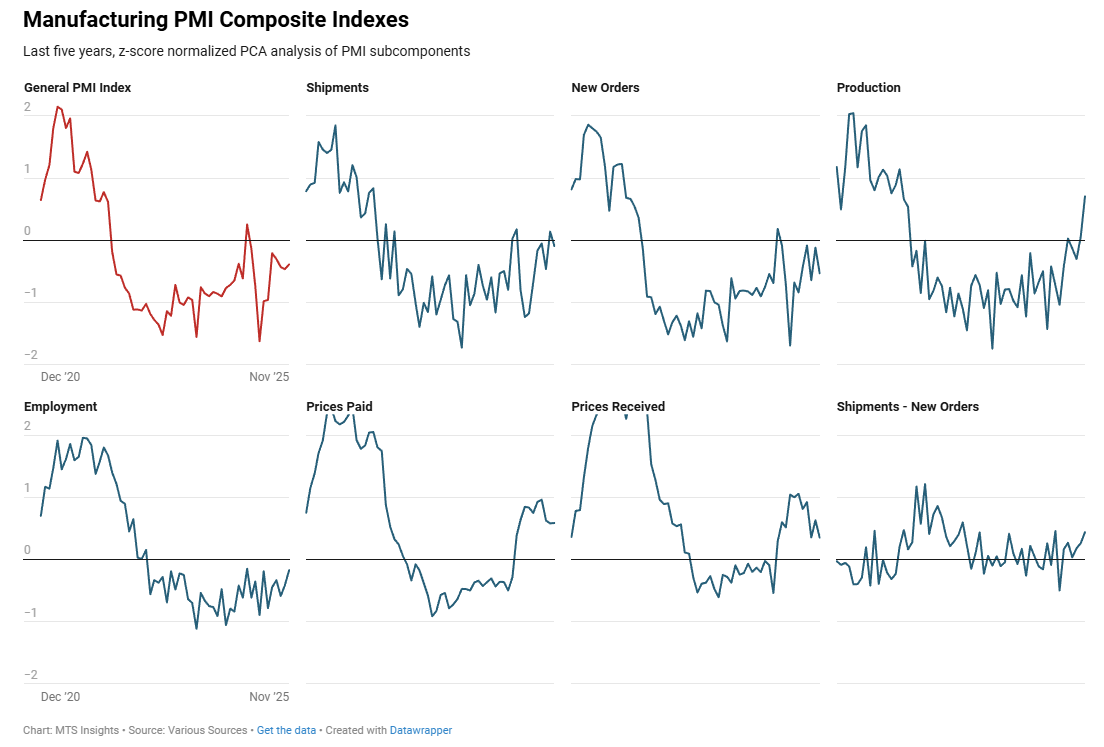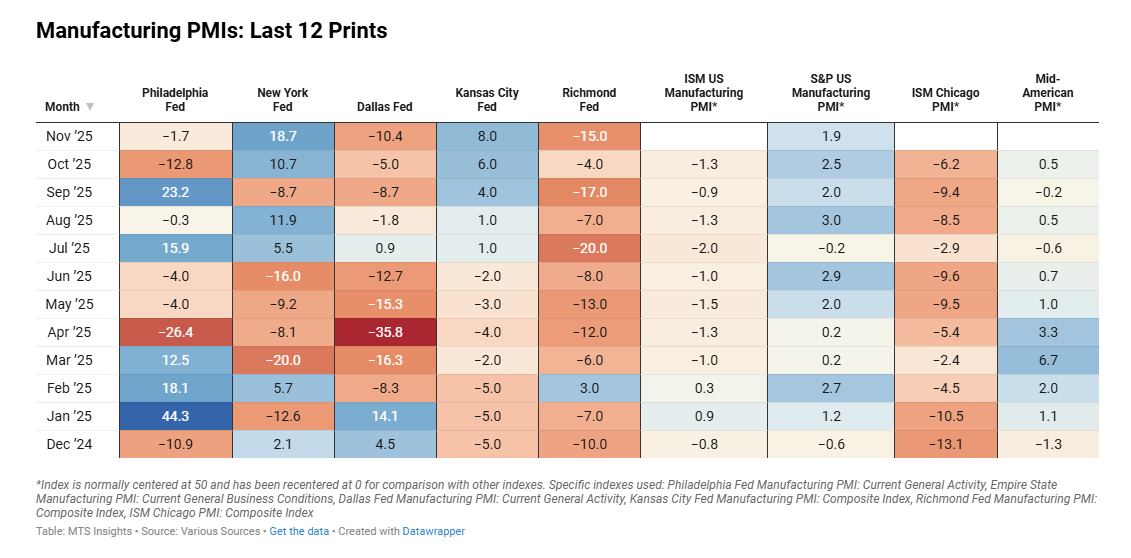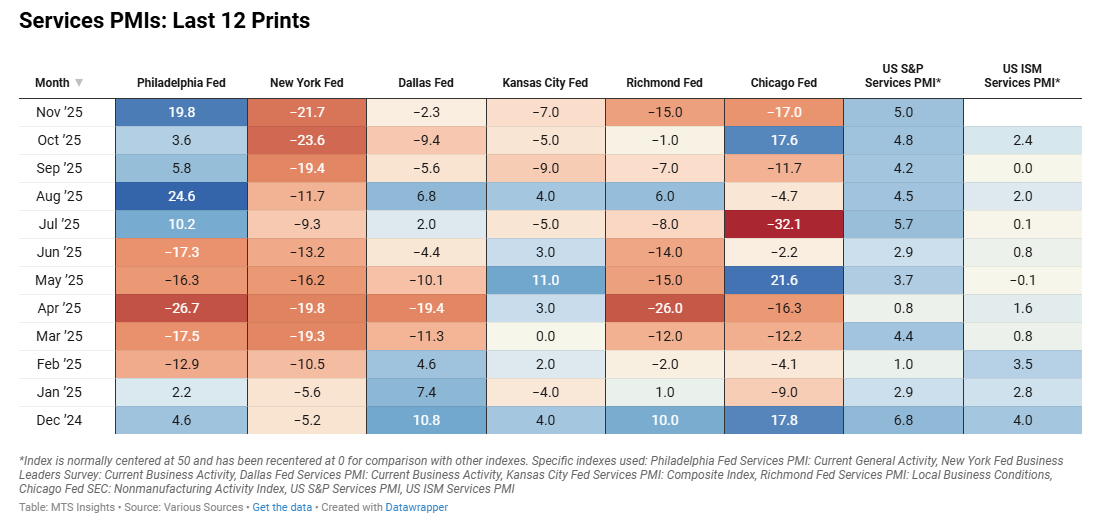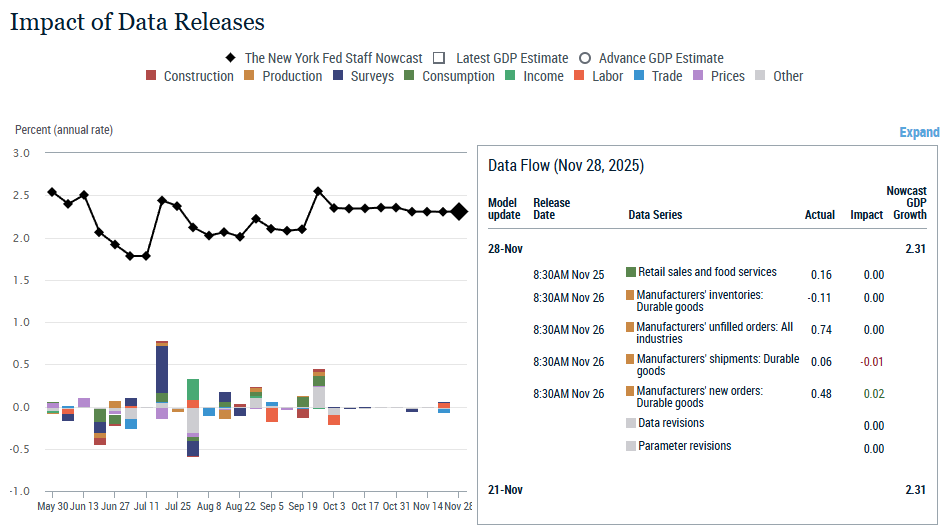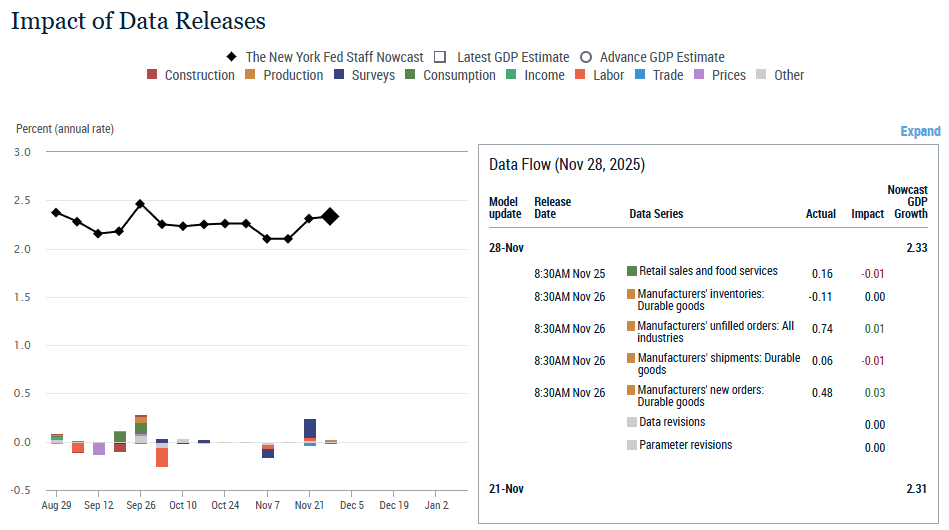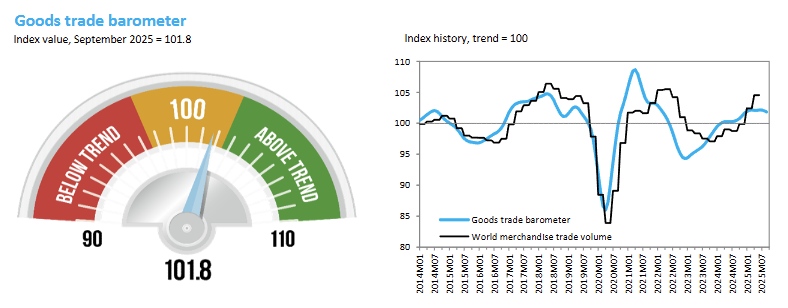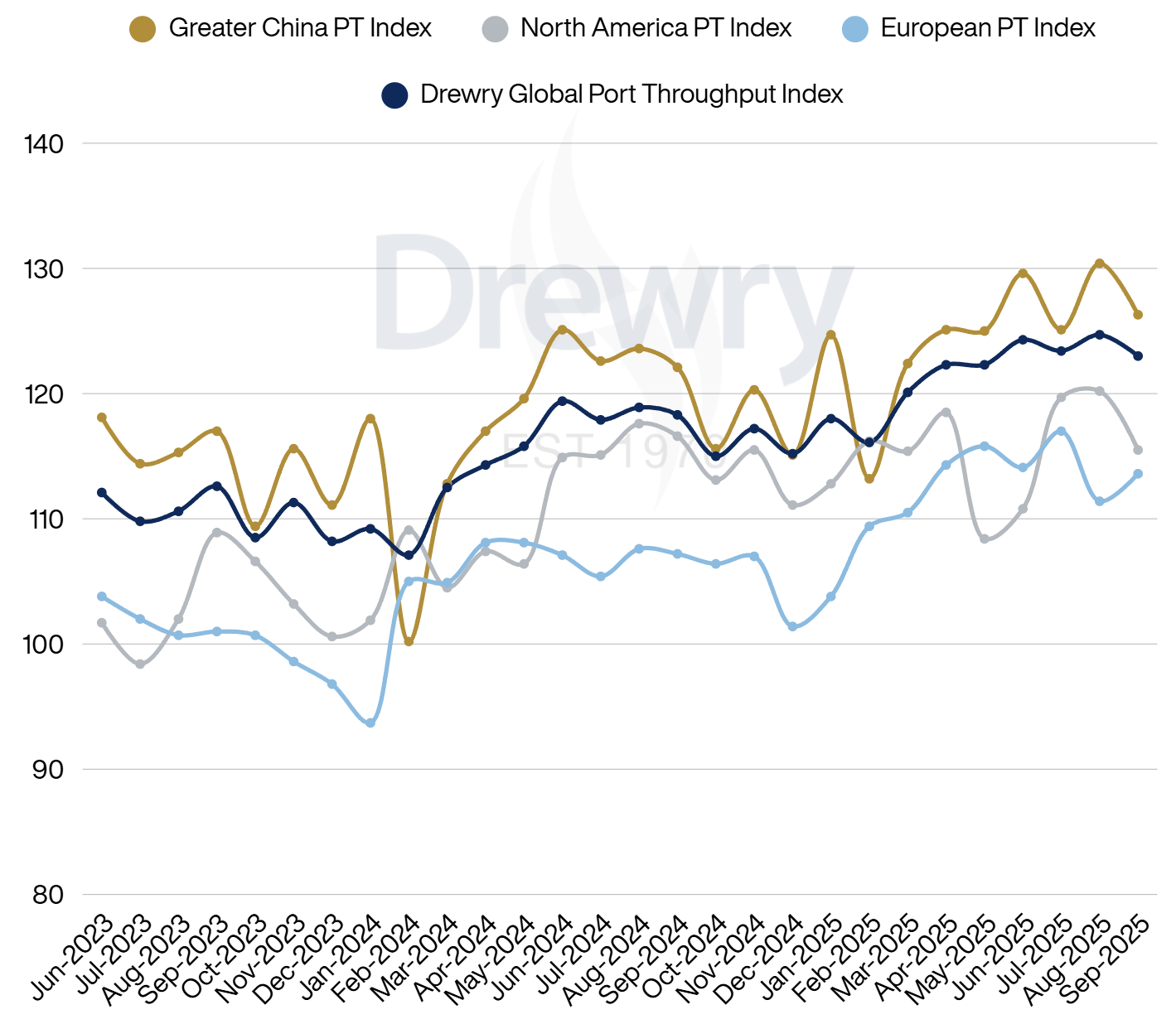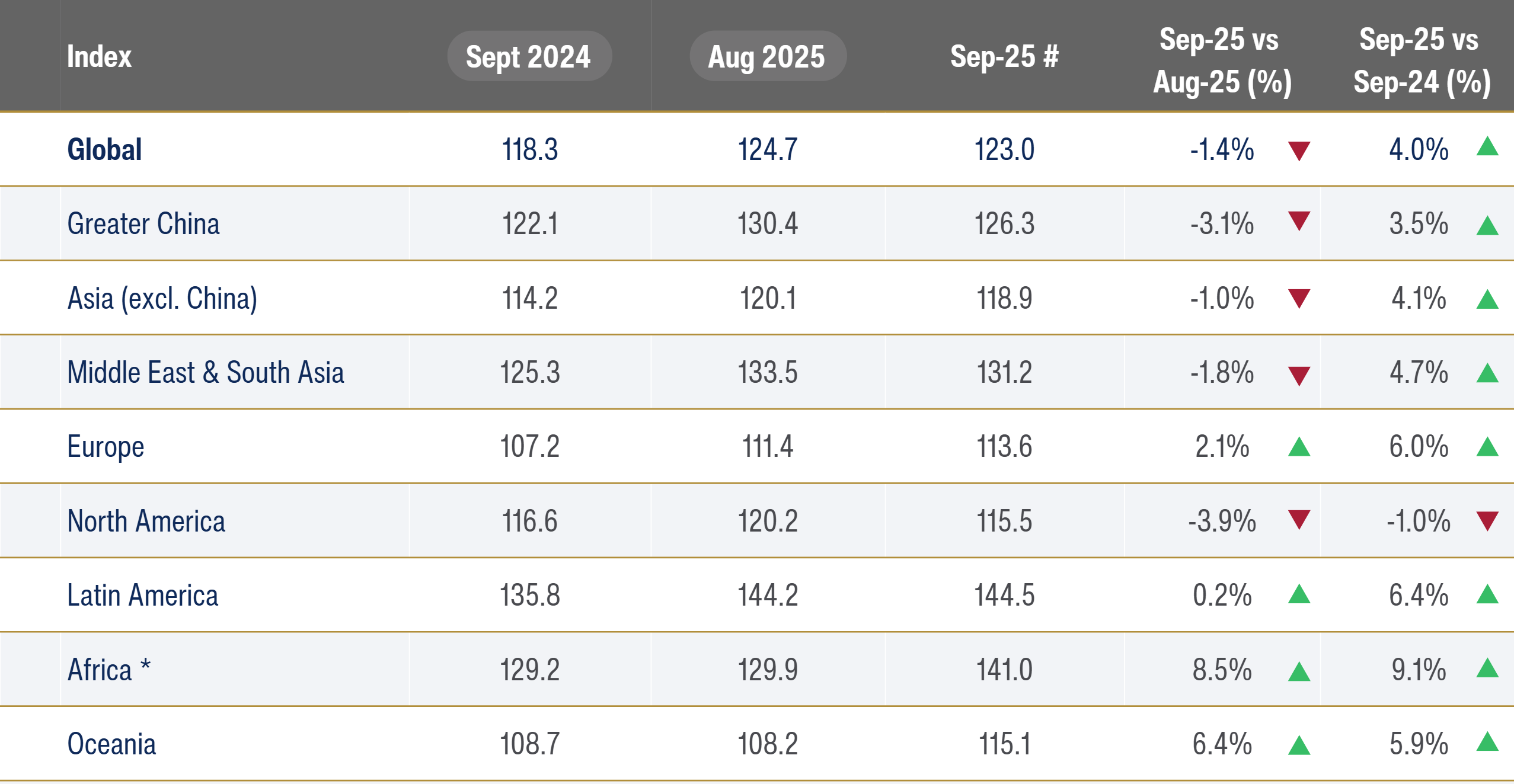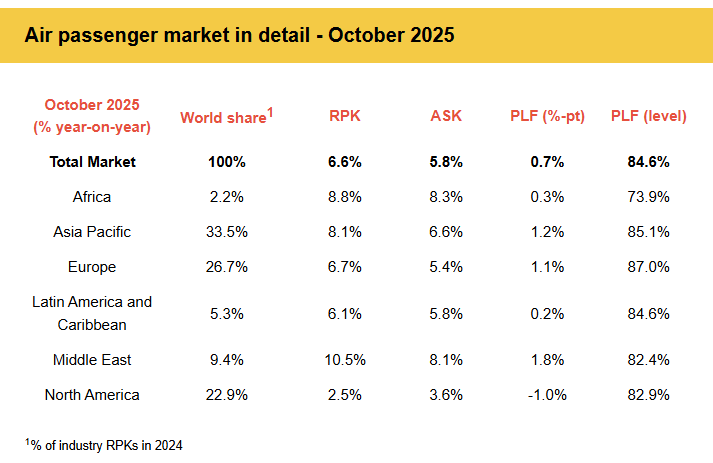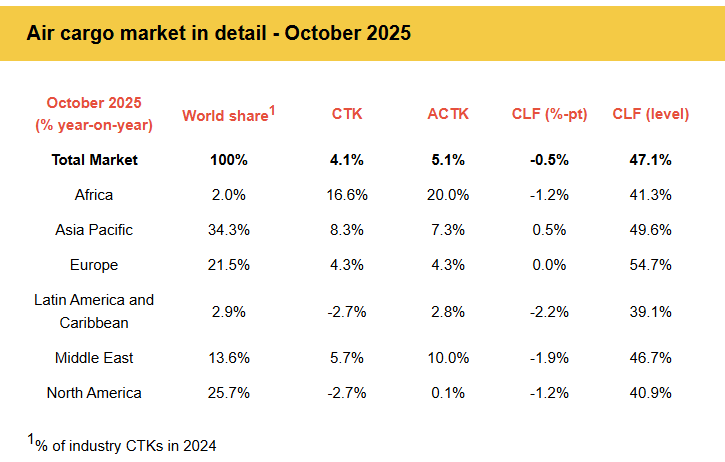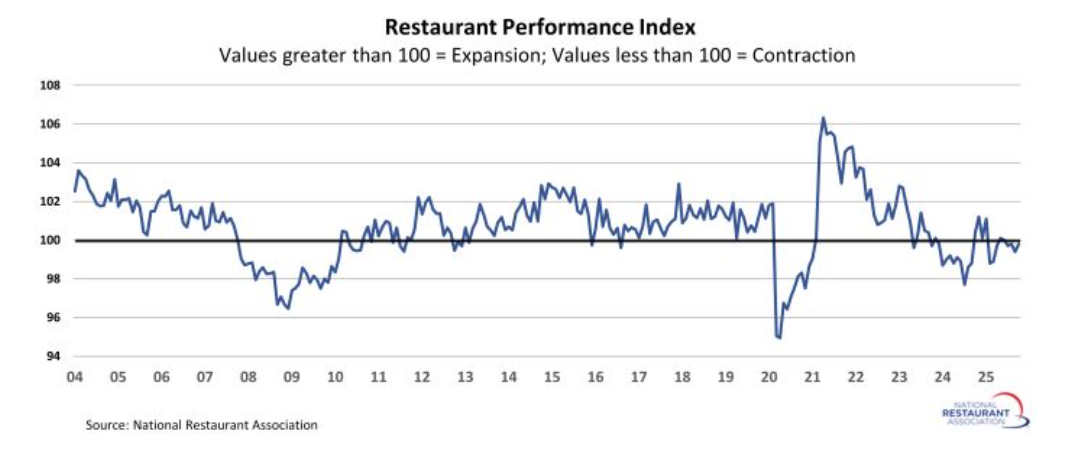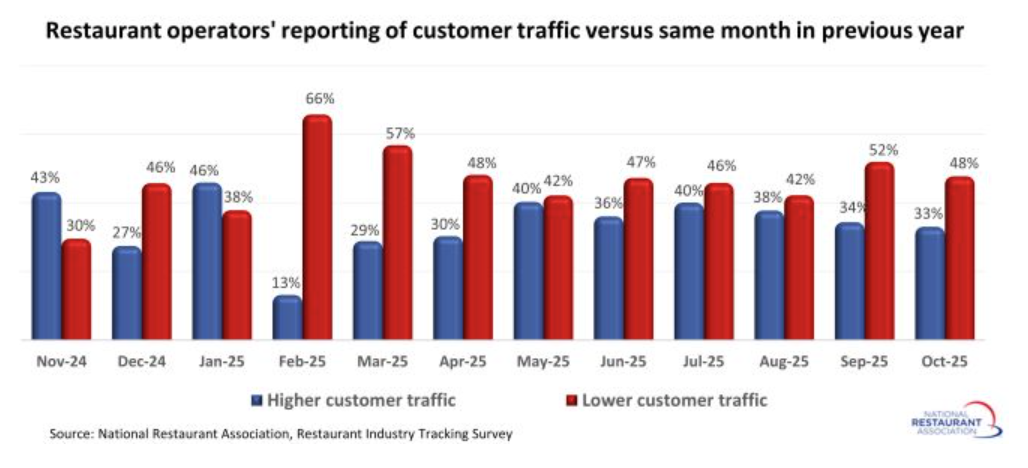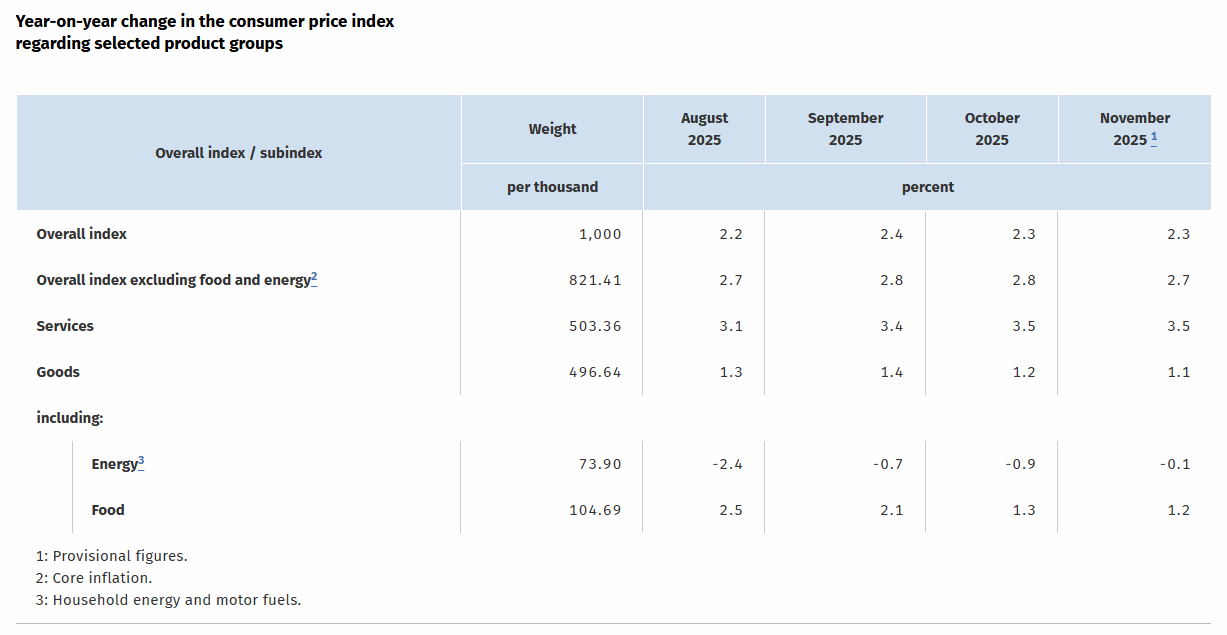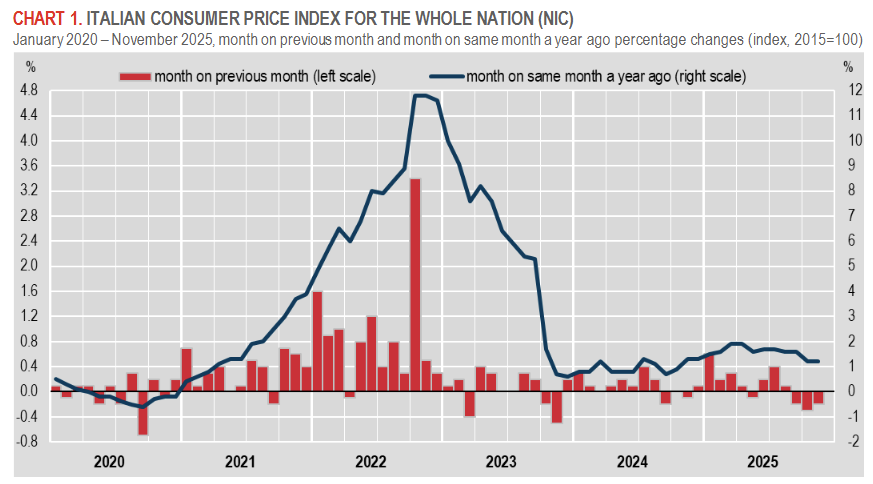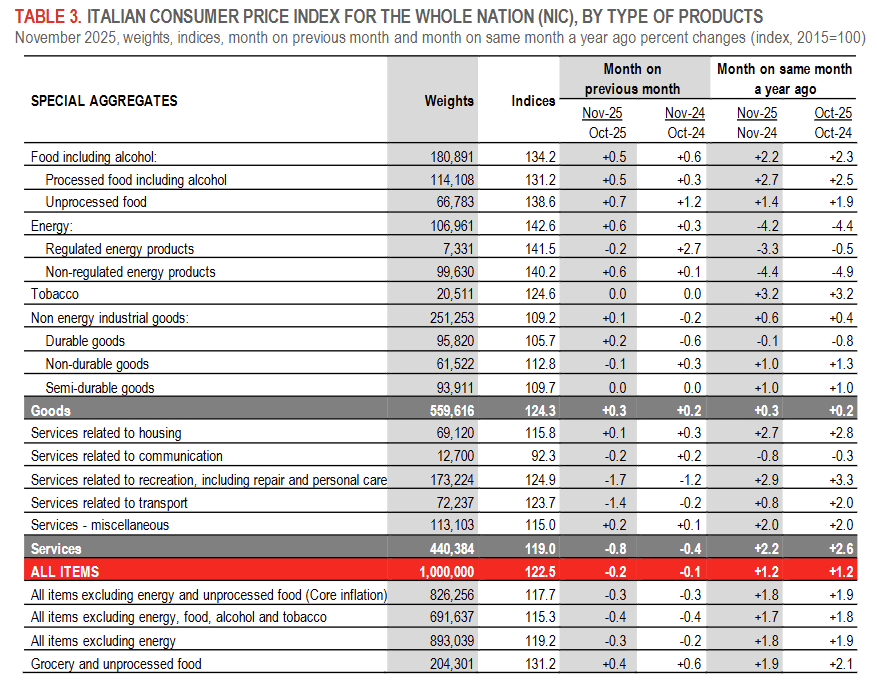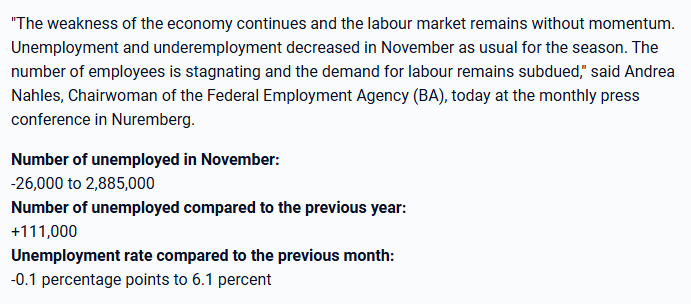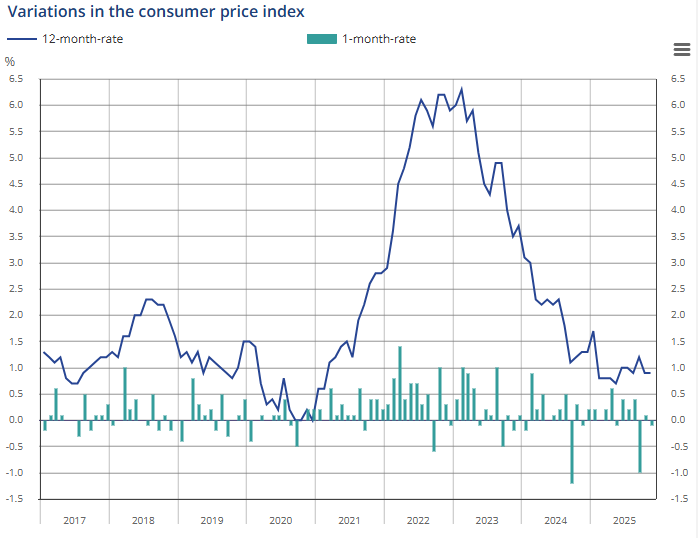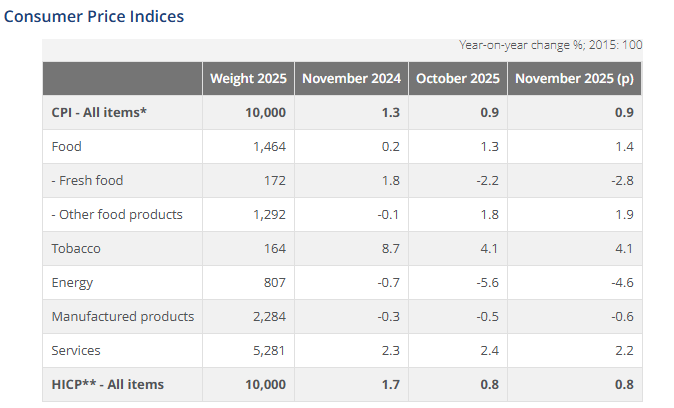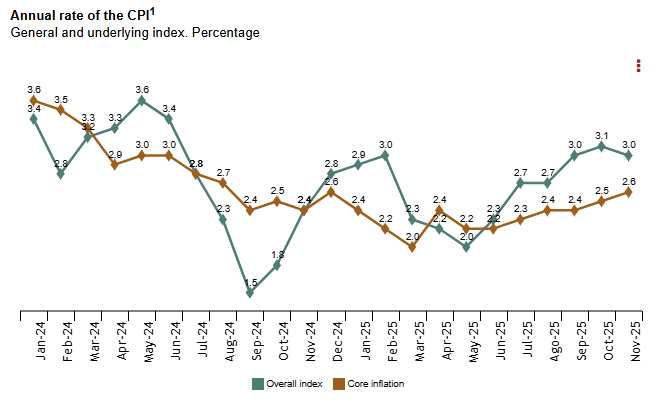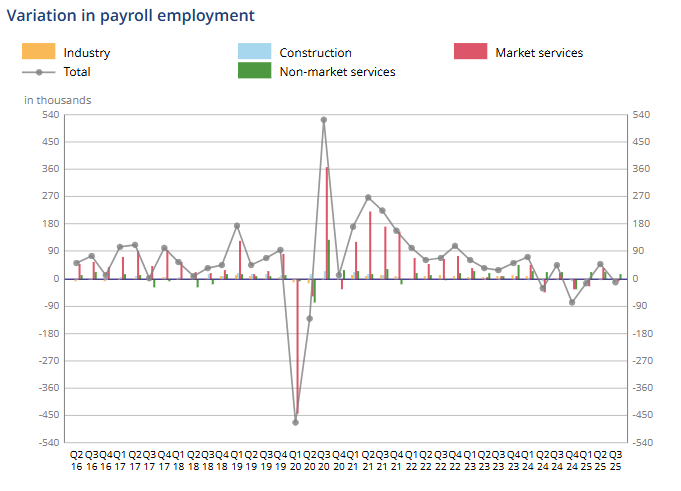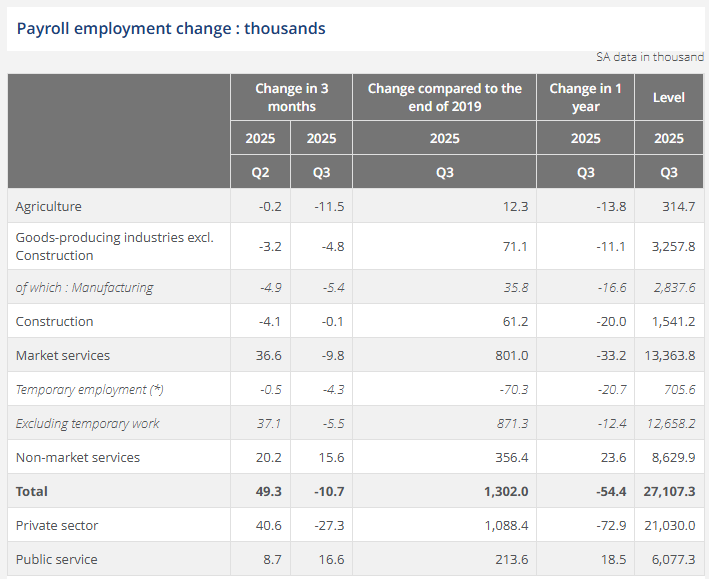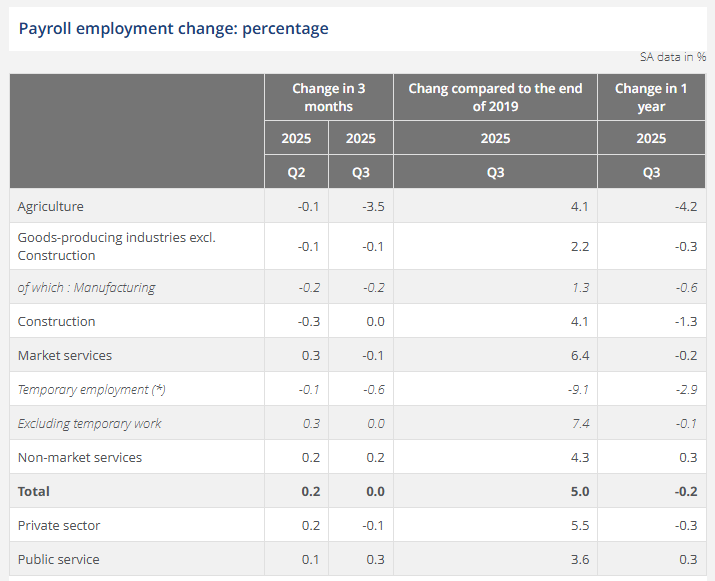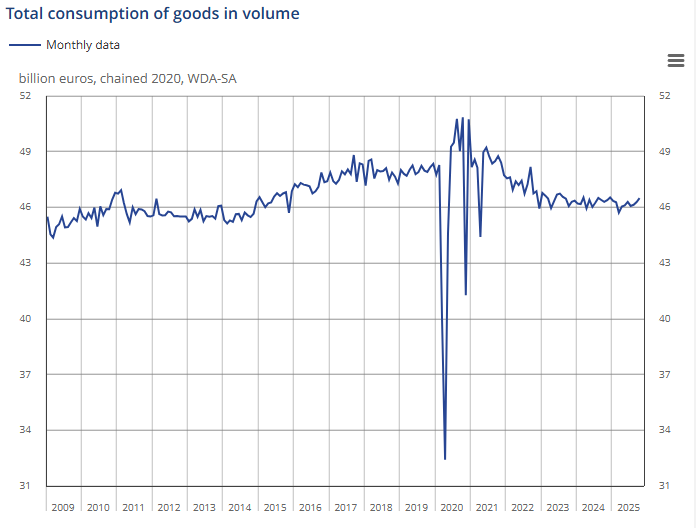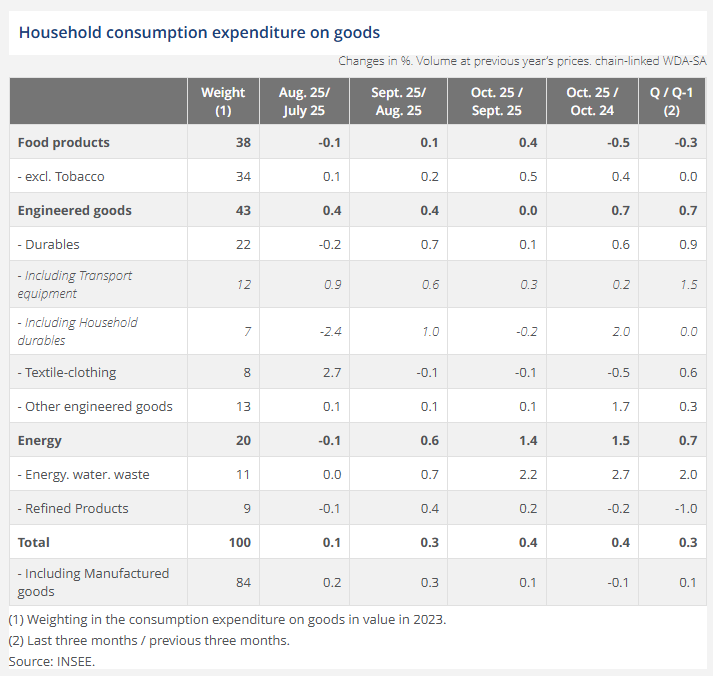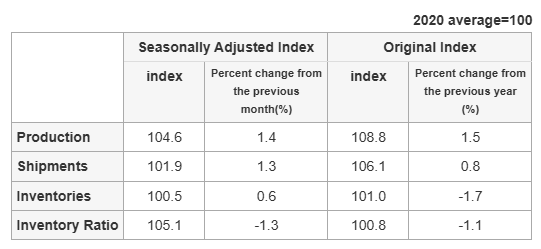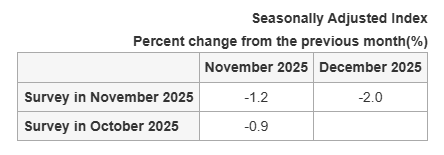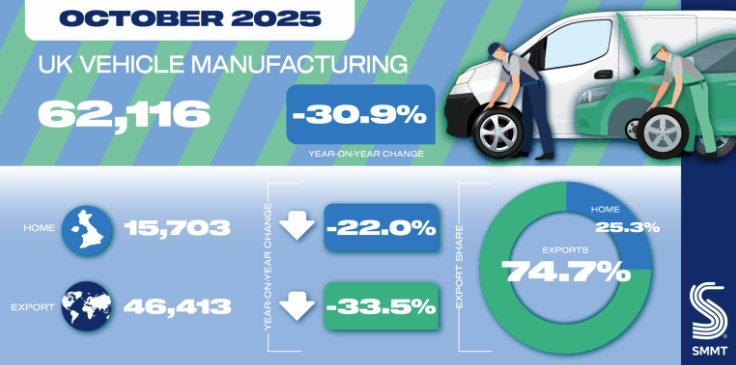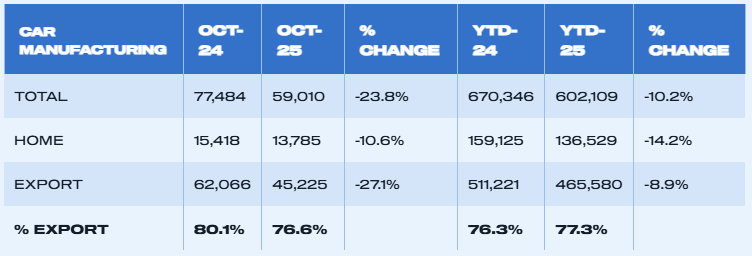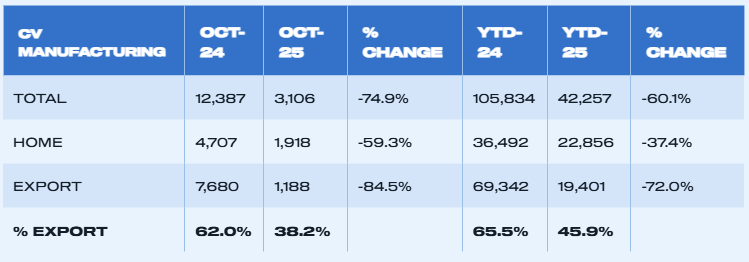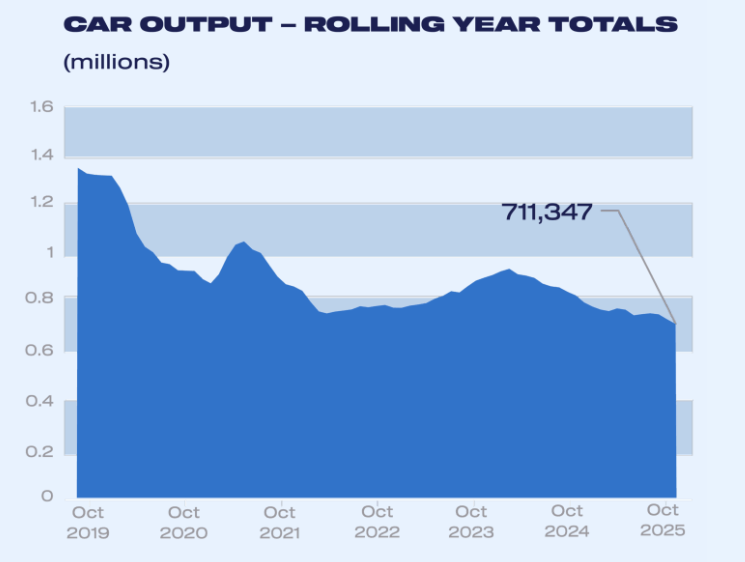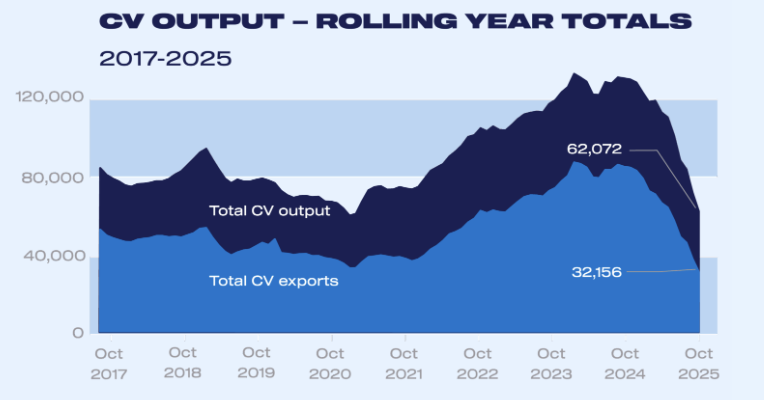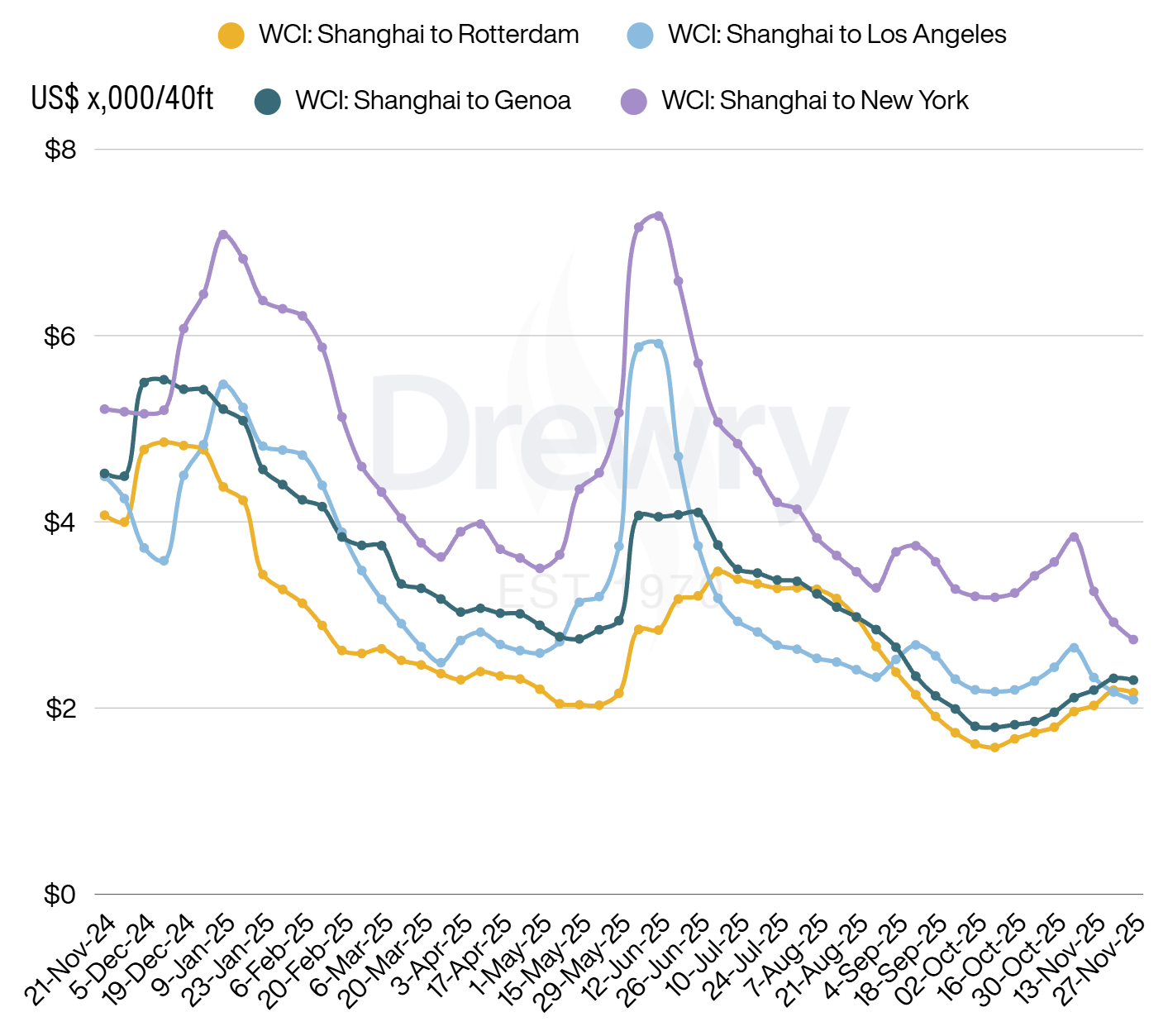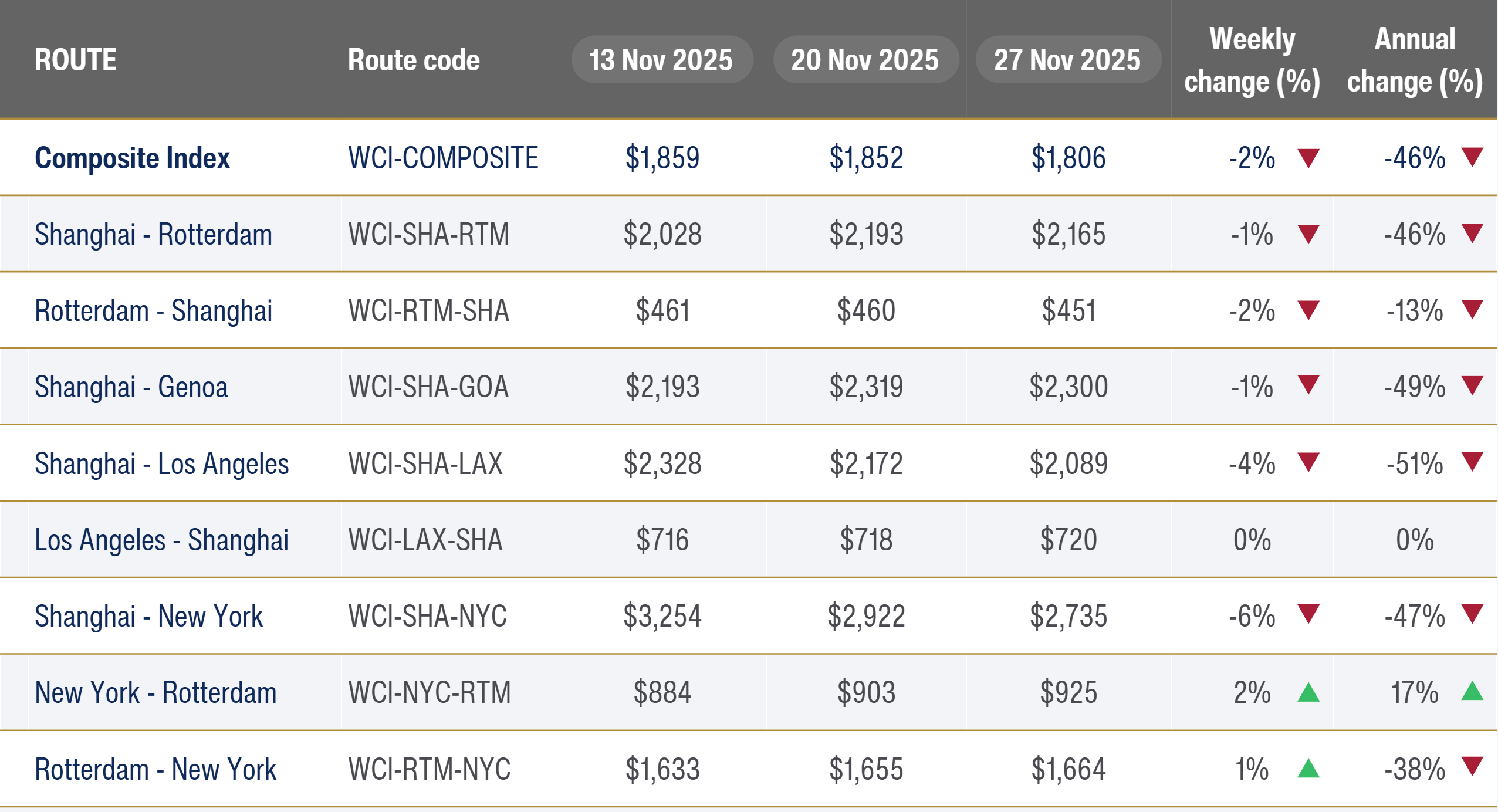Canada’s real GDP rose +0.6% QoQ in Q3 2025 (after -0.5% in Q2), marking a rebound driven primarily by a stronger trade balance as imports fell sharply and exports edged higher.
-
Imports dropped -2.2% QoQ, the largest decline since Q4 2022, reflecting lower inflows of precious metals and industrial machinery after unusually strong Q2 volumes.
-
Exports increased +0.2% QoQ (after -7.0% in Q2), supported by crude oil and bitumen (+6.7%) and commercial services (+1.7%), while precious metal exports declined.
-
Government capital investment rose +2.9% QoQ, led by an +82.0% surge in spending on weapon systems and additional investment in non-residential structures such as hospitals.
-
Business capital investment was flat overall, as gains in residential structures (+1.6%) and engineering structures (+0.2%) were offset by declines in machinery and equipment (-2.7%) and non-residential buildings (-1.5%).
-
Residential investment grew on ownership transfer costs (+9.1%) and renovations (+1.2%), while new construction fell -0.8% due to broad declines in apartment building activity.
-
Household final consumption slipped -0.1% QoQ, with vehicle purchases down -2.3% and spending abroad falling -3.9%, partly offset by higher expenditures on rent and financial services.
-
Government final consumption contracted -0.4% QoQ, the first decline since late 2023, reflecting lower federal spending following election-related outlays in Q2.
-
The GDP deflator rose +0.8% QoQ, driven by higher export prices (+1.6%), improving Canada’s terms of trade by +1.0%, the strongest gain since Q3 2023.
-
Compensation of employees increased +1.1% QoQ, with wage gains across nearly all industries and provinces; New Brunswick saw the fastest growth (+1.7%).
-
The household saving rate rose to 4.7% as disposable income (+0.8%) outpaced nominal consumption (+0.7%), helped by higher wage, self-employment, and dividend income and lower interest payments.
-
Corporate income increased +2.5% QoQ, supported by higher energy production, stronger mining sector earnings, improved refined energy product sales, and continued gains among financial corporations.
-
Goods-producing industries increased +0.6% MoM, while services edged up +0.1%, with 10 sectors expanding and manufacturing providing the largest boost.
-
Manufacturing output rose +1.6% MoM, driven by durable goods (+2.1%) and non-durable goods (+1.0%); machinery and wood products each gained +5.5%, and motor vehicles and parts climbed +3.7% as Ontario auto plants resumed production.
-
Transportation and warehousing rebounded +1.2% MoM (after -1.3% in August), as air transportation surged +6.0% following the end of a flight attendants’ strike, and support activities rose +2.2%.
-
Oil and gas extraction increased +0.9% MoM, its fourth consecutive gain, with oil sands output up +1.3% and conventional extraction up +0.5%; support activities for extraction rose +1.6%.
-
Mining and quarrying excluding oil and gas fell -2.2% MoM, led by non-metallic minerals (-3.9%) and potash (-4.9%), partly offsetting sector gains.
-
Wholesale trade rose +0.6% MoM, supported by building materials (+3.4%) and food, beverage, and tobacco wholesaling (+1.6%).
-
Retail trade declined -0.7% MoM, weighed by motor vehicle and parts dealers (-2.1%), general merchandise (-1.1%), building and garden equipment (-1.1%), and gasoline stations (-1.0%).
-
Construction fell -0.2% MoM, as residential building dropped -1.4%, while engineering construction (+1.2%) and non-residential building (+0.1%) provided partial offsets.
-
The advance estimate for October 2025 points to a -0.3% MoM decline, with decreases in oil and gas extraction, educational services, and manufacturing partly offset by gains in mining and support services.





